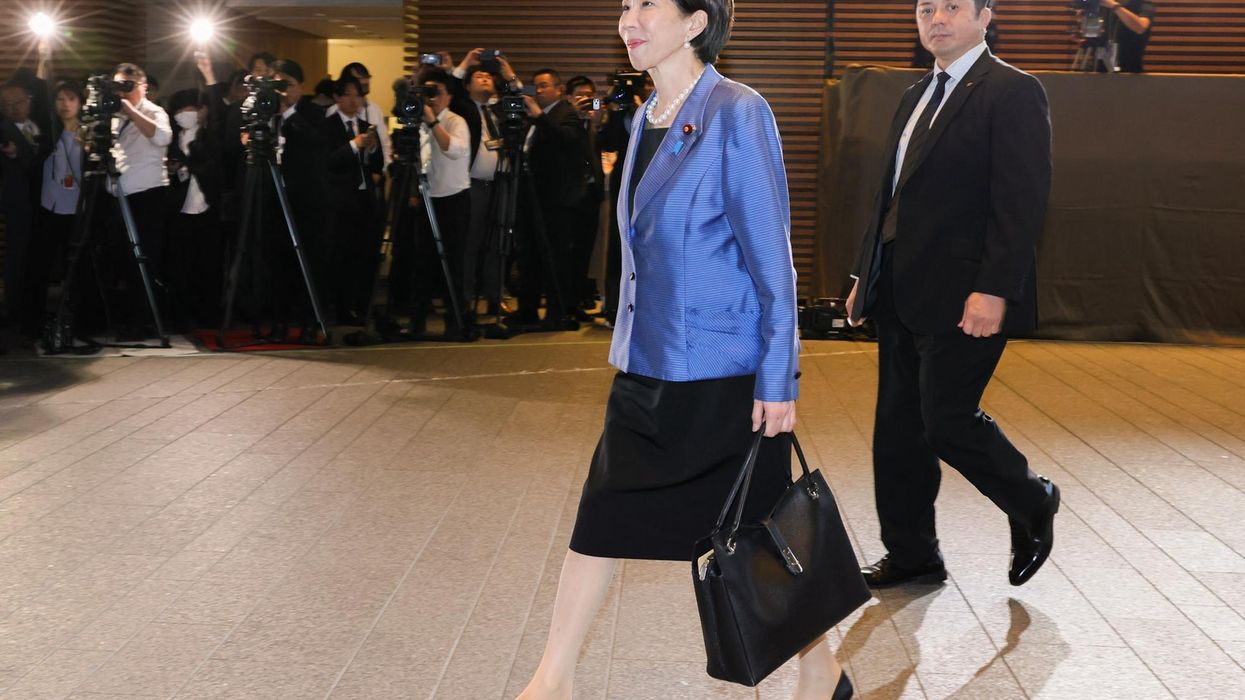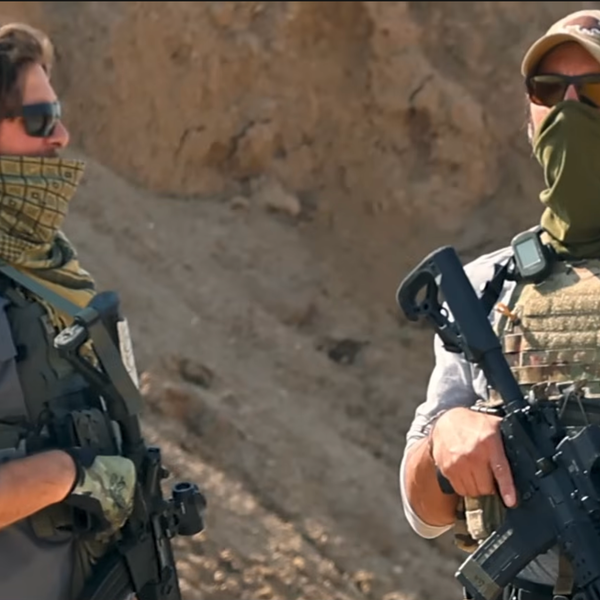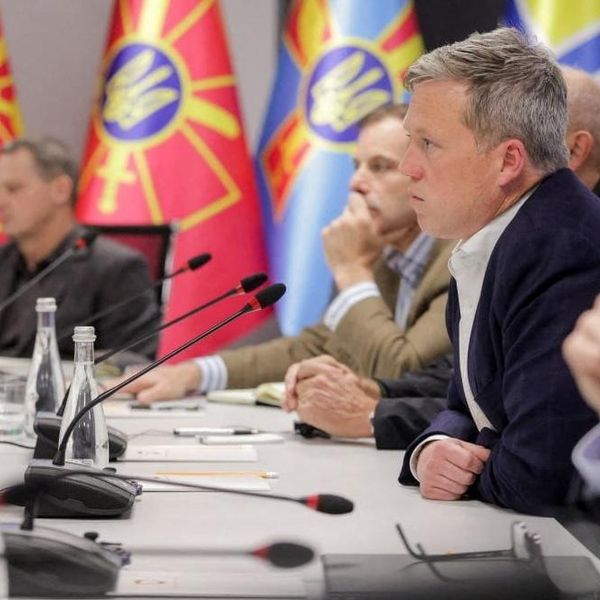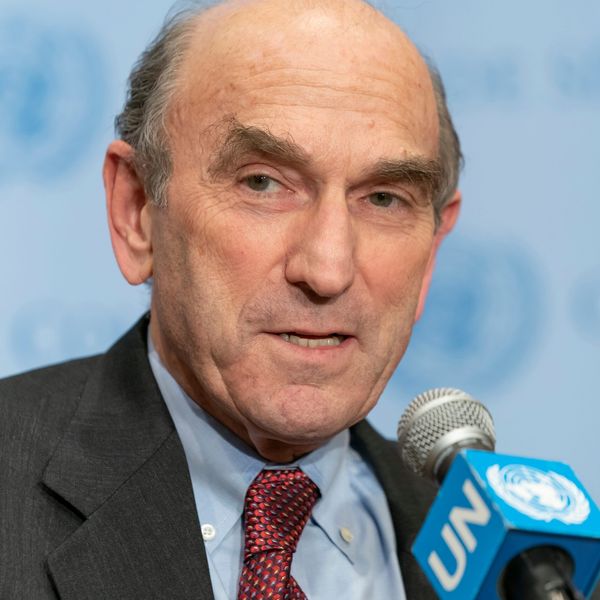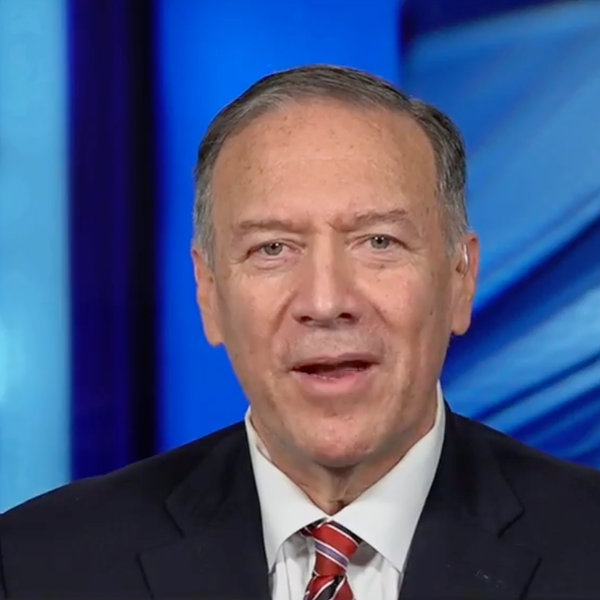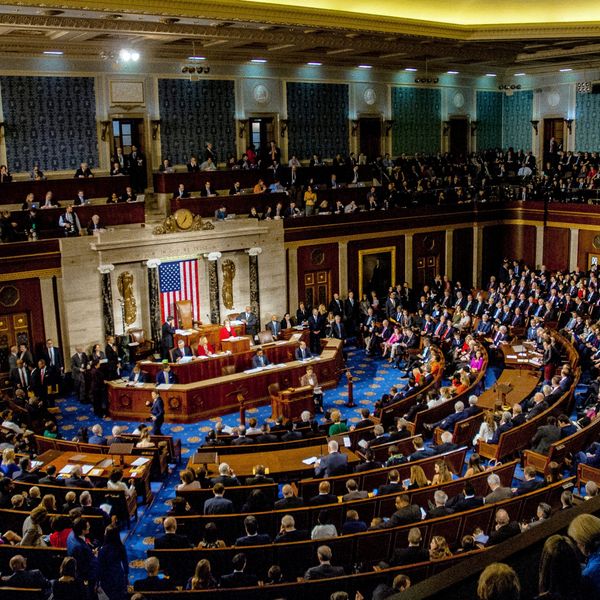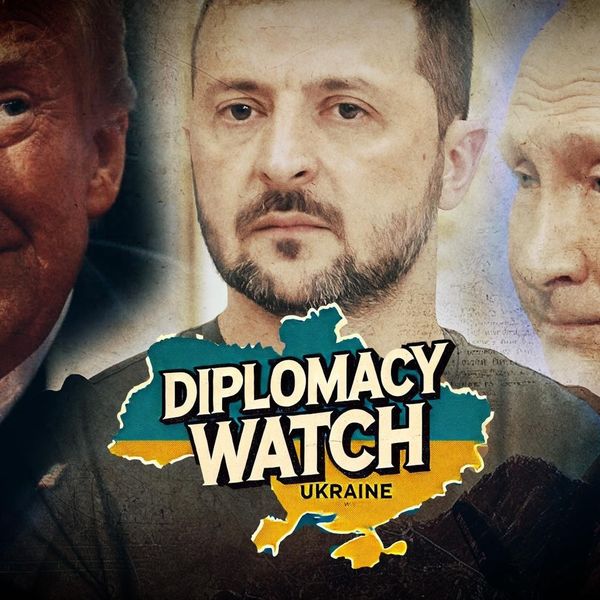After failing to extend the Iran arms embargo at the U.N. Security Council, the Trump administration is now seeking to initiate the “snapback” mechanism provided in the Joint Comprehensive Plan of Action which allows its participants to reinstate all multilateral sanctions against Iran lifted in 2015 under the nuclear deal.
Trump purportedly wants a new deal with Iran which will not only prevent it from acquiring a nuclear weapon, but will also limit the country’s missile program and cut its support for proxy forces in the region. But he seemingly pays no attention to what motivates Iran to develop a missile program or to form regional proxies.
Iranian leaders’ motivation for these behaviors in a volatile Middle East is survival. Historical and geopolitical experiences in the region impose two behaviors on Iran which have, incidentally, provoked the most antagonism by the U.S.
Developing a missile program
When Saddam Hussein launched missile strikes on Iran (1980-1988), Iran was unable to retaliate. The West had sanctioned Iran and the country had to turn to Libya and North Korea for the simplest military and missile equipment. It also lacked an advanced air force. This situation led Iranian leaders to feel the need to create and develop a native missile program; and today they have the largest missile arsenal in the region.
And now, Iran’s leaders are not prepared to simply lose this means of legitimate defense. By stating that a large number of missiles provide a deterrent force for Iran, a former diplomat and a columnist for several Iranian newspapers on diplomacy, Fereydoun Majlessi told me: “Economically, it was also much more feasible to manufacture missiles rather than purchase them. So, Iran acquired the technical know-how for this industry.”
Developing regional proxies
According to professor of International Relations at Florida International University, Mohiaddin Mesbahi, Iran is “strategically lonely” in terms of geopolitics. In other words, whether willingly and consciously or unwillingly and out of necessity, it is strategically lonely and deprived of any meaningful alliances with the great powers. During the course of history, Iran has been invaded many times by the Arabs, Turks, and Saddam from the west, by the Moghuls and Afghans from the east, by Russia from the north, and by the Portuguese from the south. It had no allies in any of these cases. Nor does it have any reliable regional allies today. Iran is the only Persian-speaking, Shiite country in the wider Arab-Sunni dominated Middle East and its strategic loneliness along its extensive borders without natural barriers means that defending itself along its borders will equate to defeat.
These conditions have led its leaders to consider creating proxies in the region to expand the breadth of Iran's strategic defense. In fact, the motivation behind creating the proxies is mainly defensive rather than offensive as indicated in findings by the RAND Corporation: “Iran is not seeking territorial expansion or the forced imposition of its revolutionary ideology.” Hezbollah in Lebanon is seen as Iran's first stronghold against Israel, and Ansarullah balances Saudi power in Yemen. Even support for Hash'd al Shaabi is to prevent Iraq from invading Iran again. In an interview, former diplomat and spokesperson for Iran’s nuclear negotiation team, Seyed Hossein Mousavian, said he sees Iran's behavior as a reaction to U.S. actions. “The United States has invested in Arab states to counter Iran,” he said, adding, “and Iran has reciprocally invested in popular forces to counter and resist U.S. domination.
The outcome of Trump’s strategy
Over the last three years, however, the Trump administration has tried to “change Iran’s behavior” by disregarding these two motives. Nevertheless, it has been unable to reach a new agreement with Iran despite exiting the nuclear deal, imposing the harshest, unprecedented economic sanctions, applying tough political and military pressures, and assassinating the country’s top major general. The U.S. is seeking to extend the arms embargo on Iran while selling billions of dollars of arms to its regional rivals and giving Israel — which has nuclear weapons — economic and security backup. It has also encircled Iran with its military bases.
Iran’s leaders can only conclude that the U.S. is seeking regime change, adding resistance as a third motivation. Needless to say, no sovereign country is willing to give up its independence, in the same way Iranian leaders are not willing to forgo their defense tools, especially at a time when they are almost convinced that the U.S. pursues the policy of toppling them.
Persisting along these lines will most likely plunge the U.S. administration into an unnecessary war. A November win by Trump in the election will greatly increase the possibility of a U.S.-Iran confrontation. Perhaps that is why the Revolutionary Guards used a replica of an American ship in their recent naval drills to prepare for a real situation.
The U.S. should understand the motives of Iran's leaders. U.S. leaders need to understand why Iran wants missiles or seeks to form regional proxies. Merely observing behavior without understanding the motives behind it does not provide U.S. leaders with and accurate analysis. It will only continue the spiral of misperceptions on both sides.
But once the U.S. discerns these motives instead of going for behavior change, it can pursue policies that give Iran no incentive to advance its missile program or support regional proxies. That is, behavior can change through motivation. This can only be achieved with a stable security system in place in the Middle East whereby countries are reassured of their sovereignty and independence and differences are resolved without military intervention. The U.S. can use its leadership potential in the world to create such a system, or else it can continue to destabilize and escalate tensions in the region by pursuing unilateral bullying policies. Which one will America choose?


